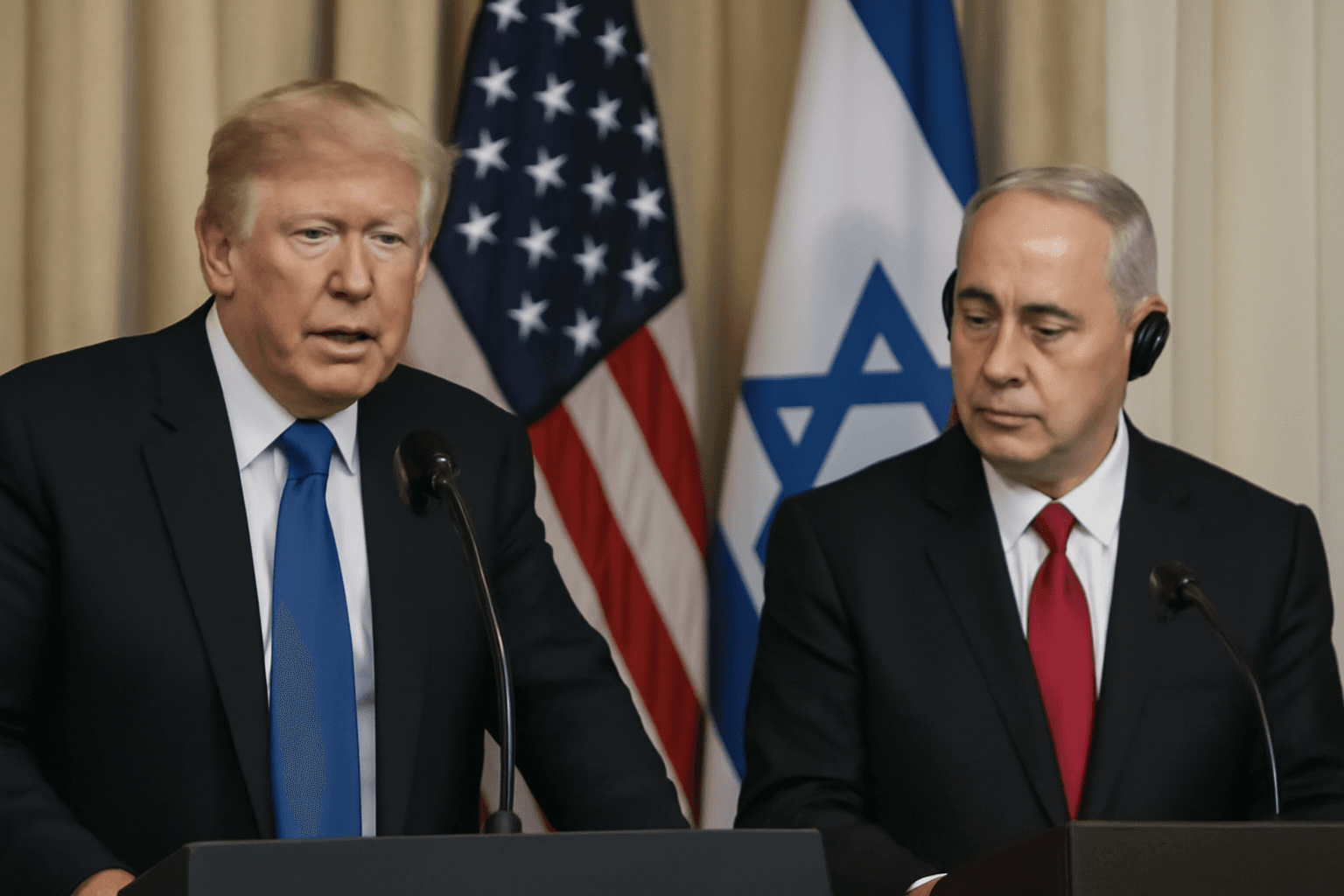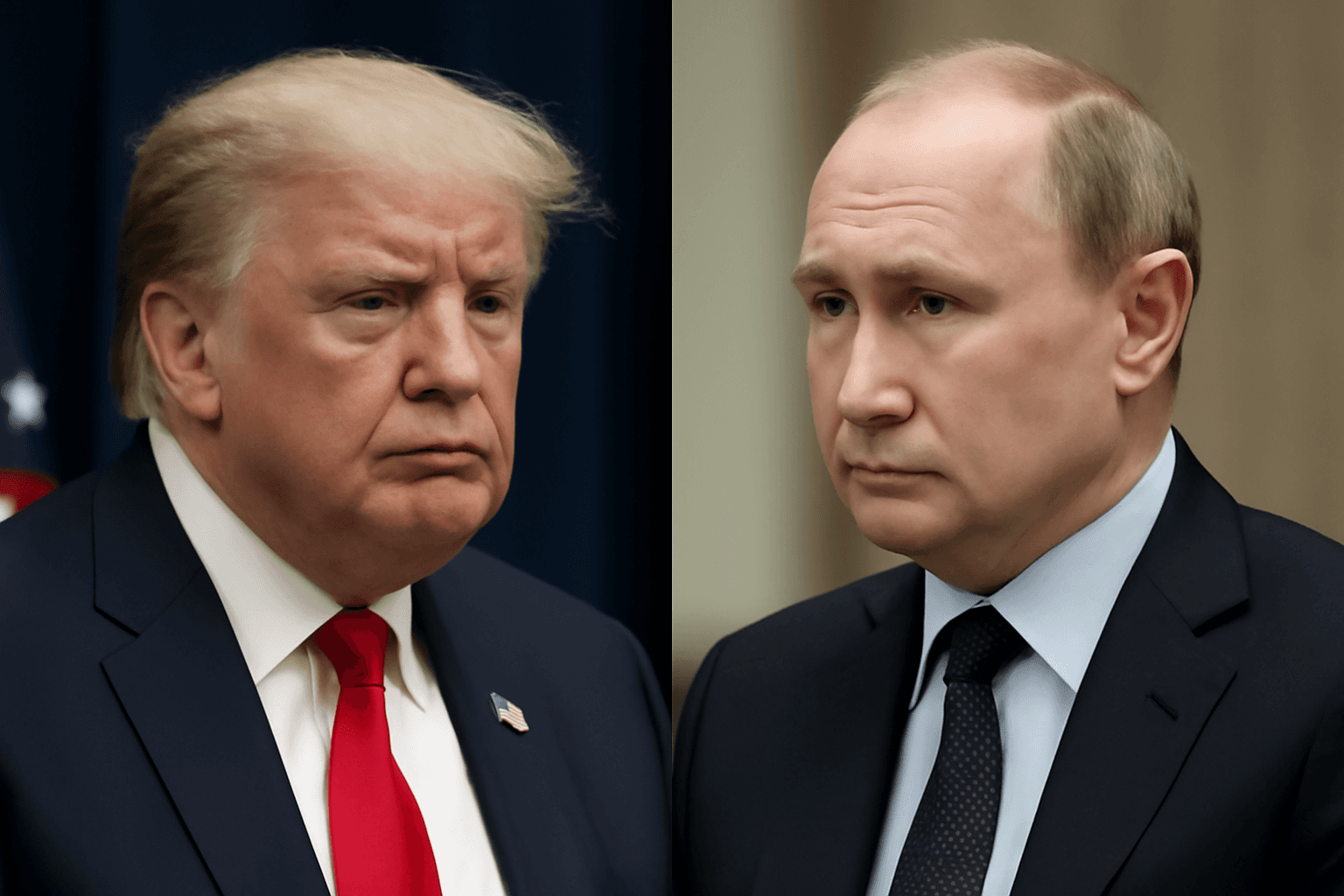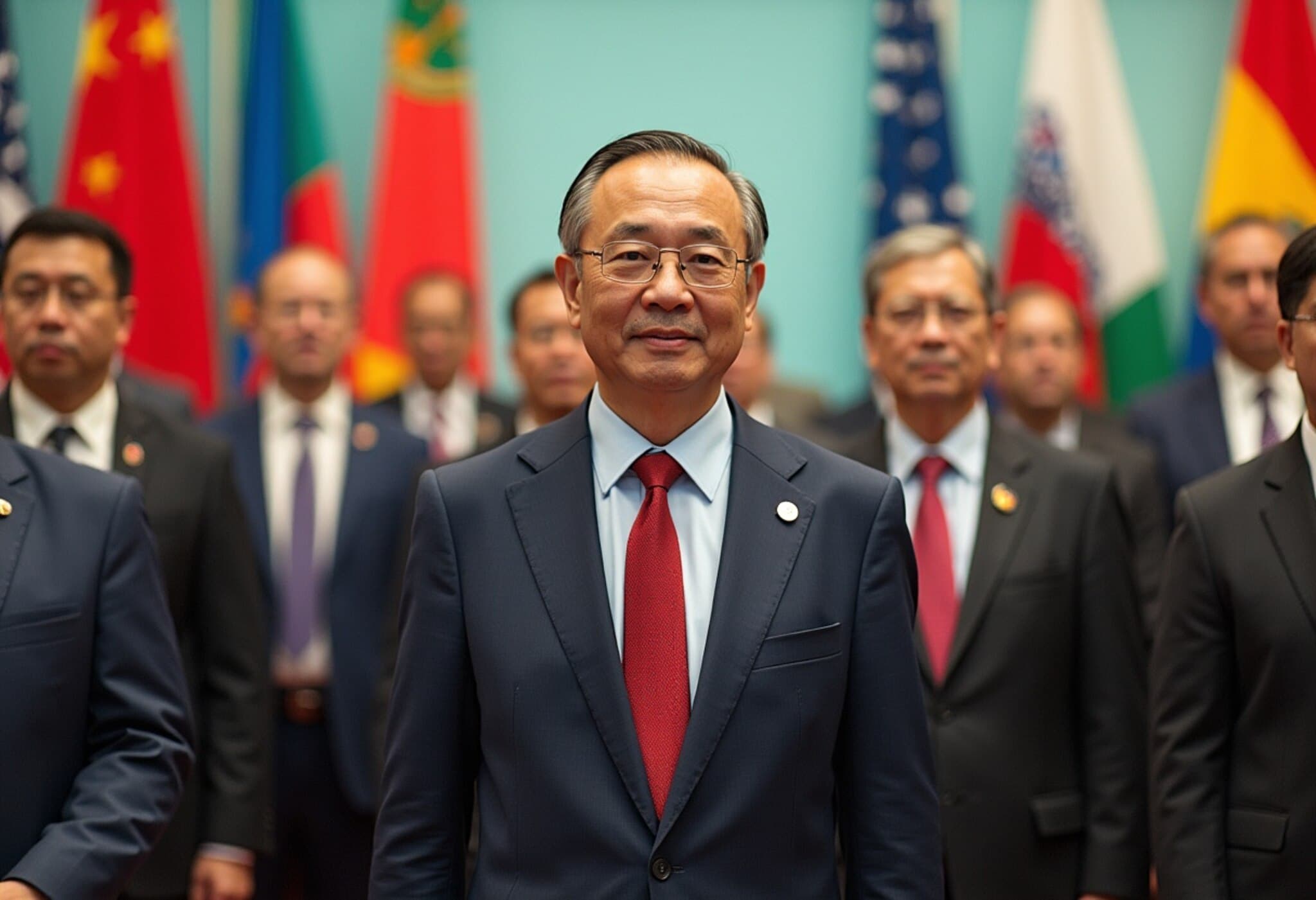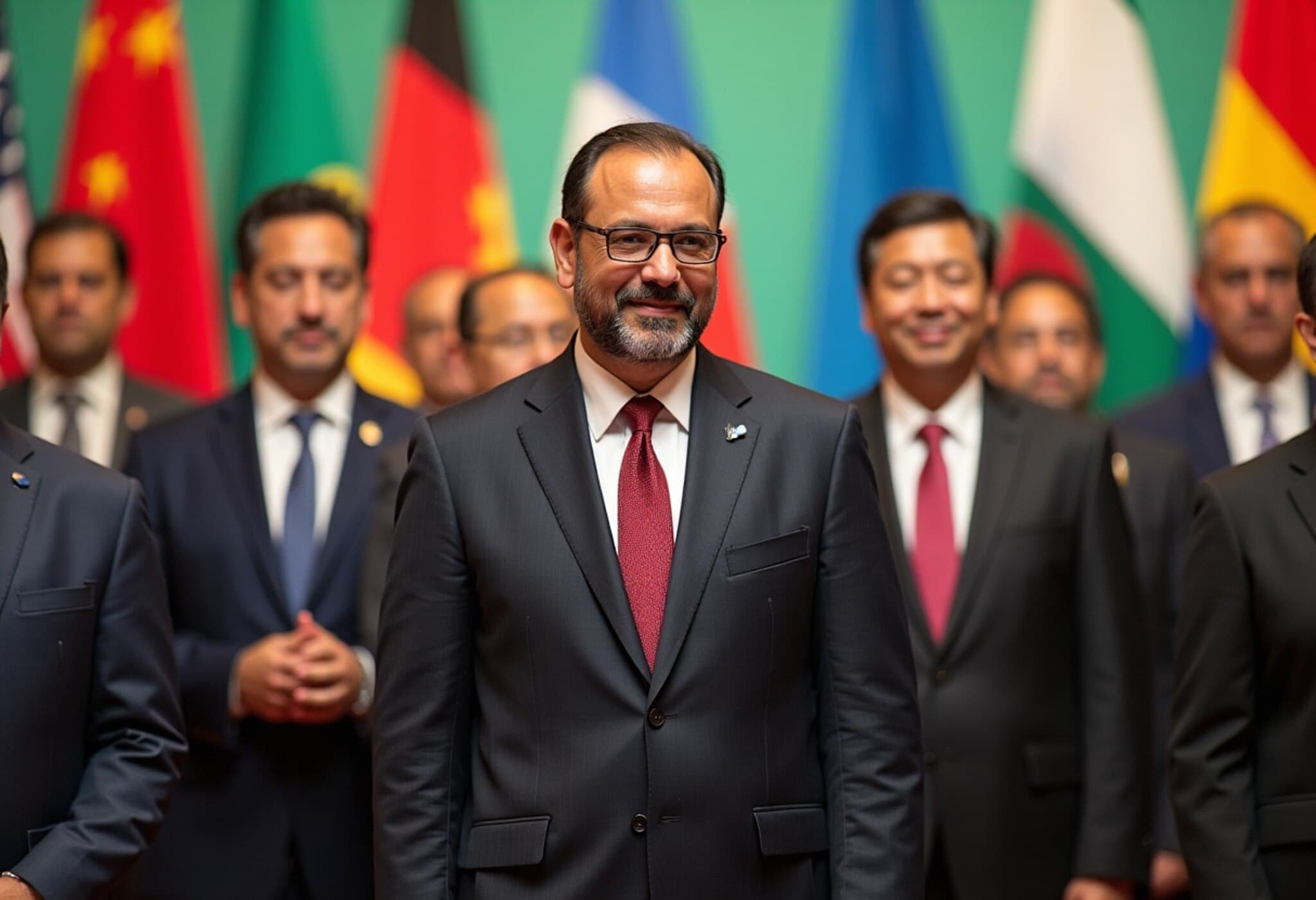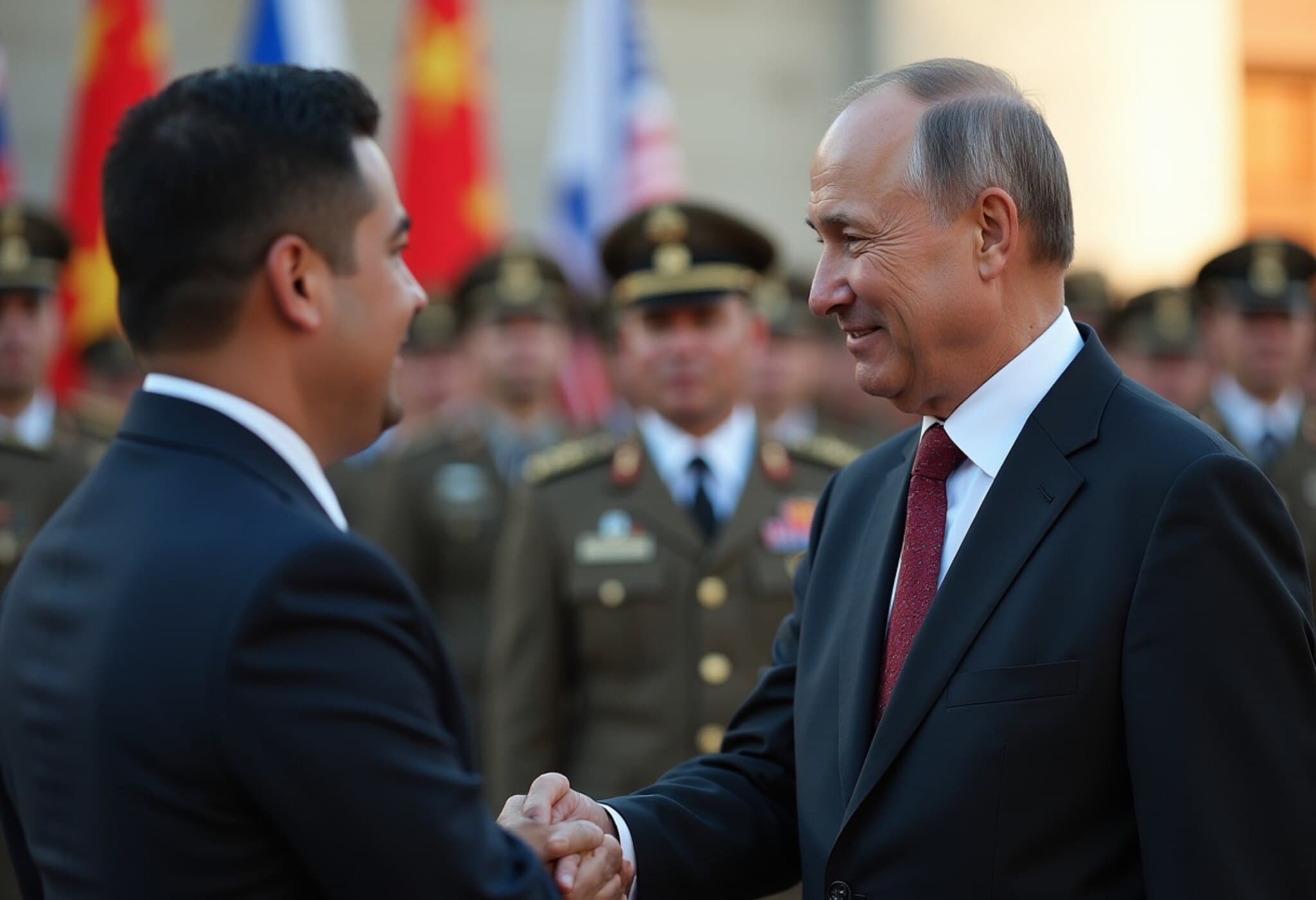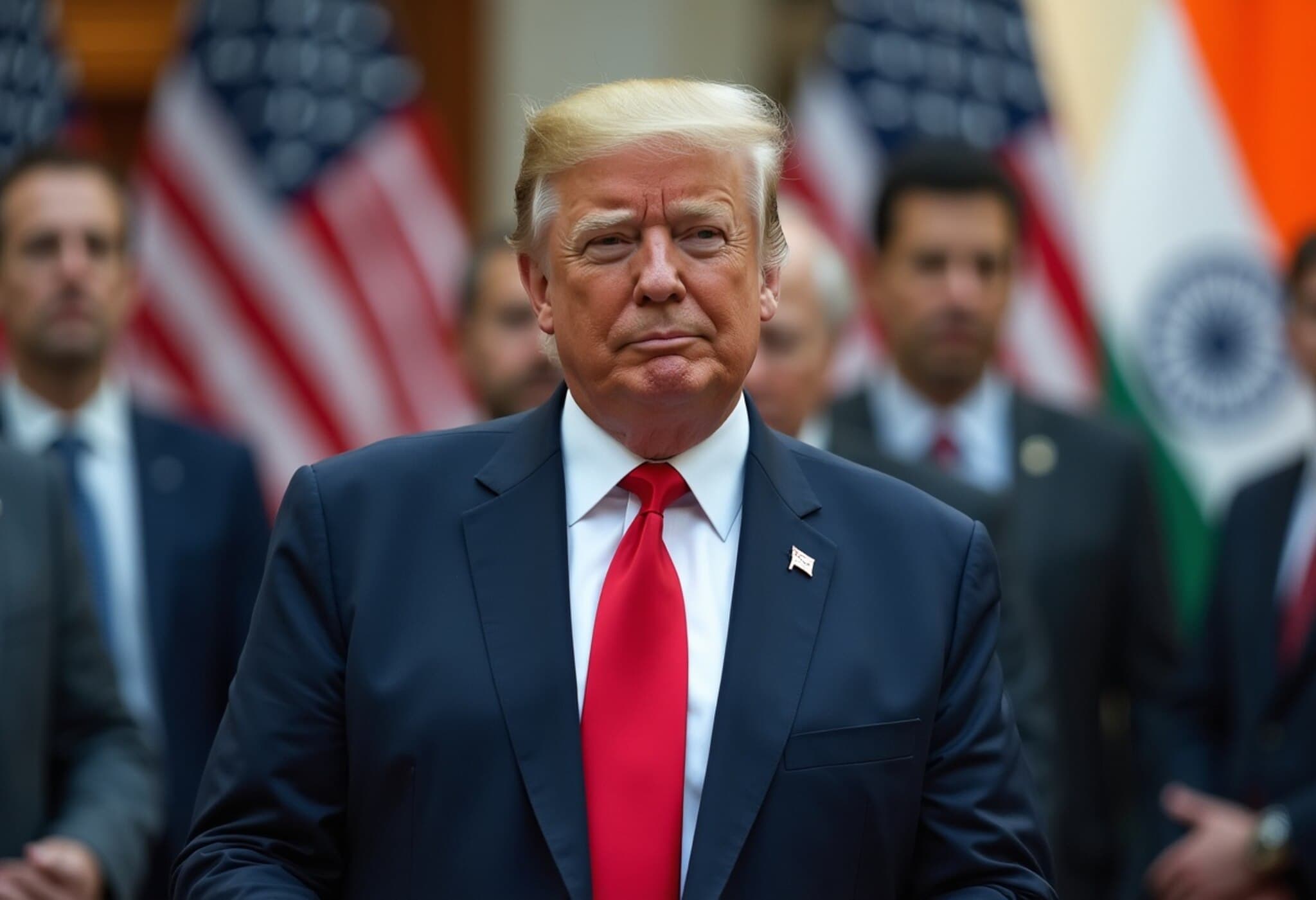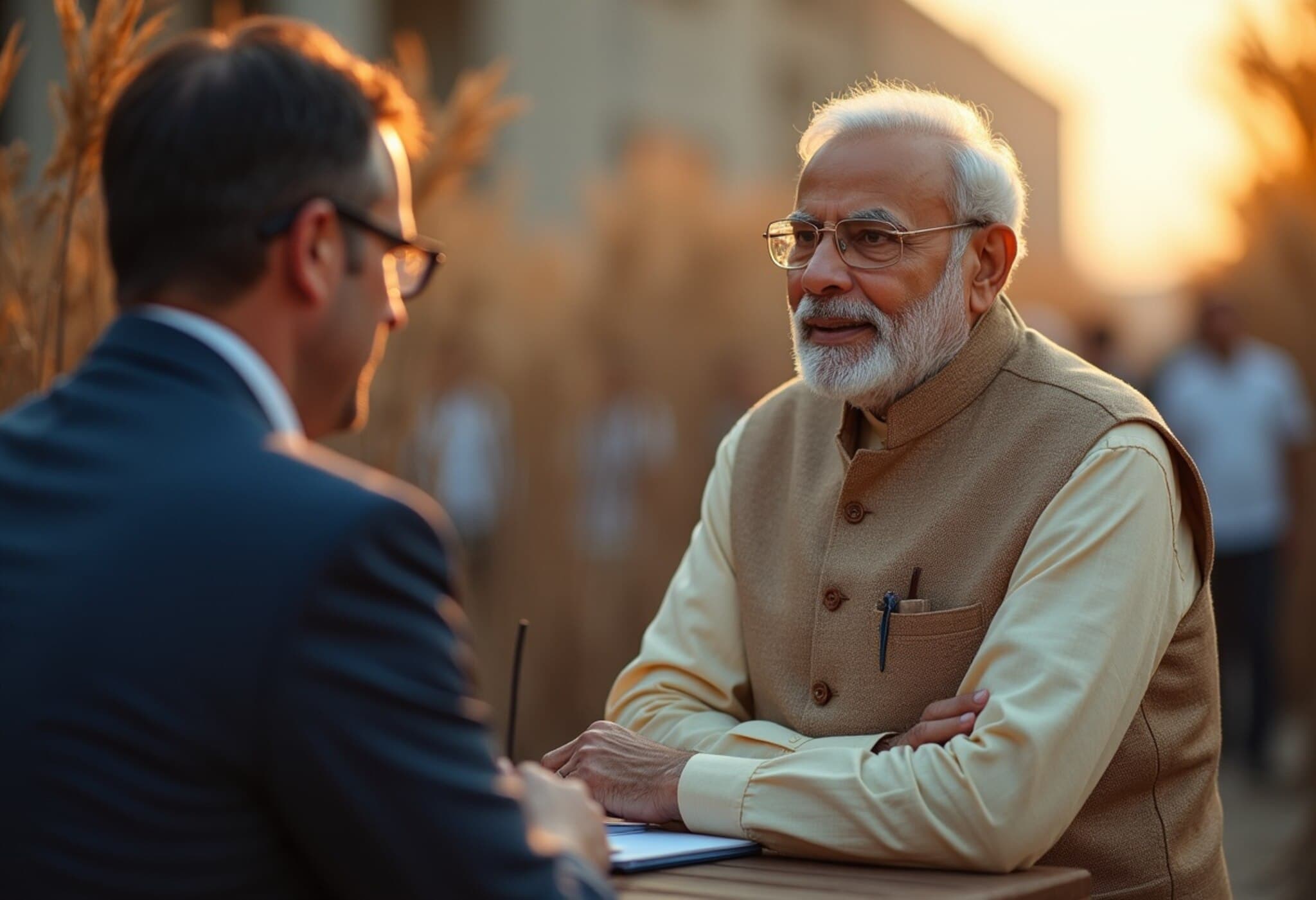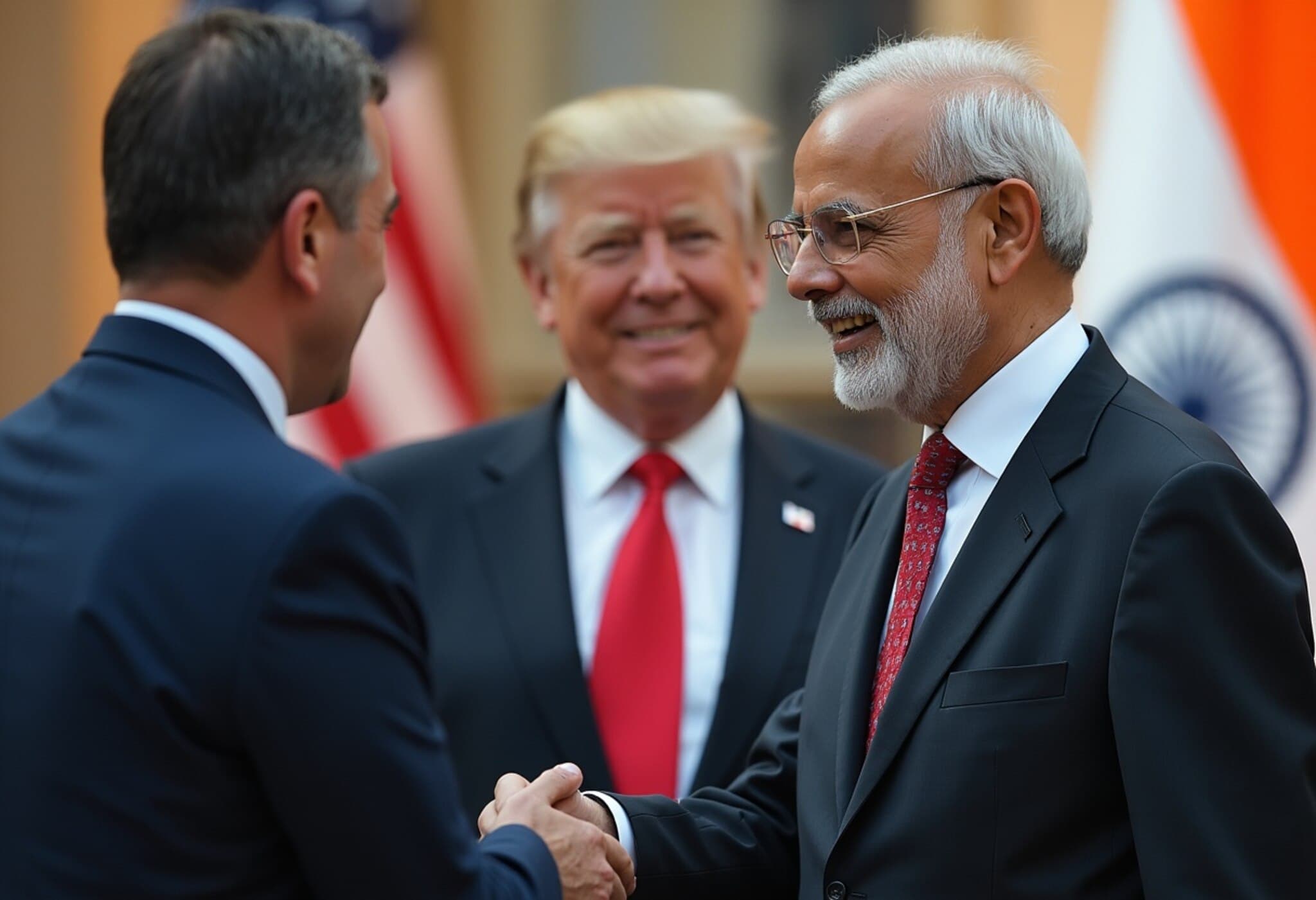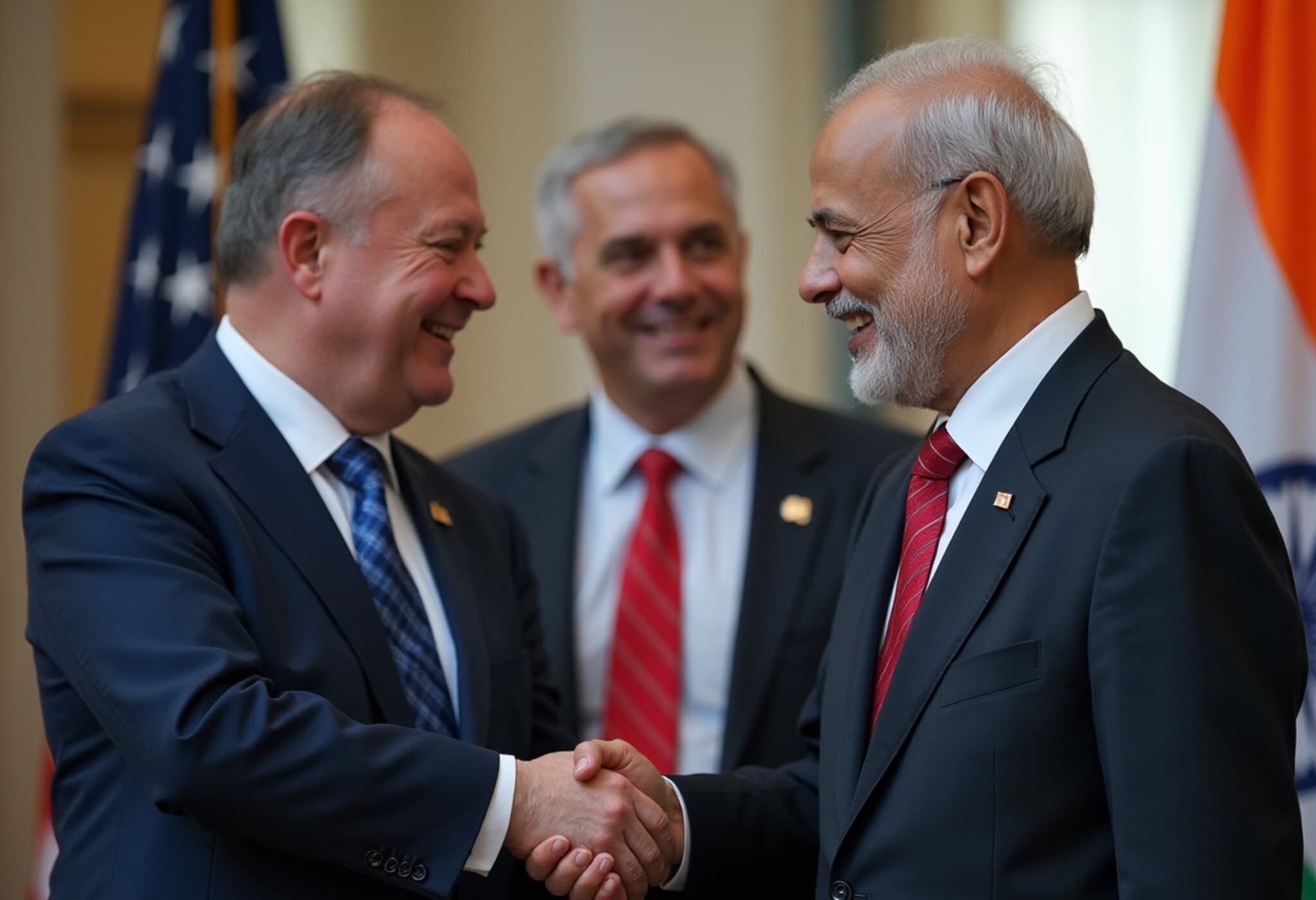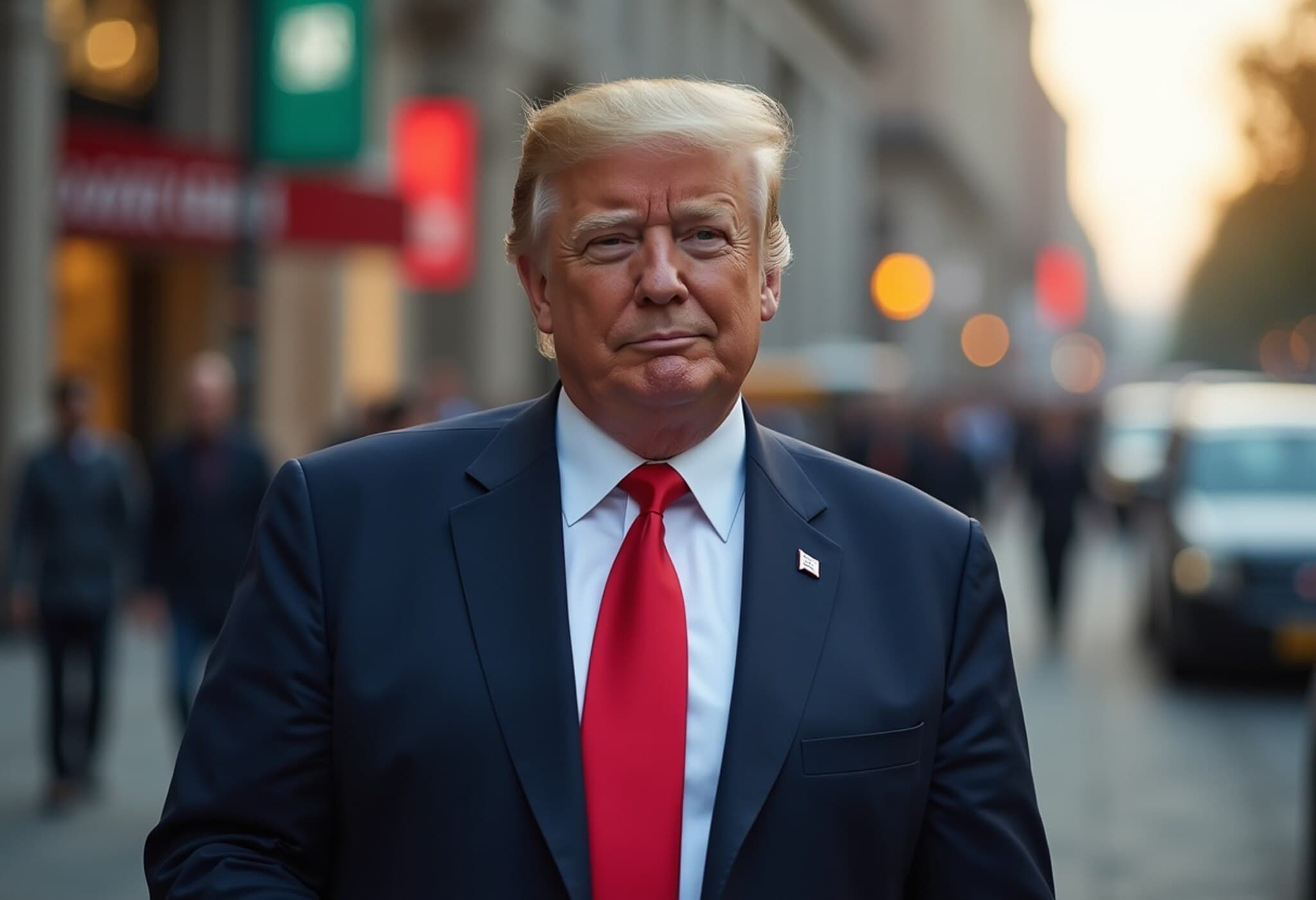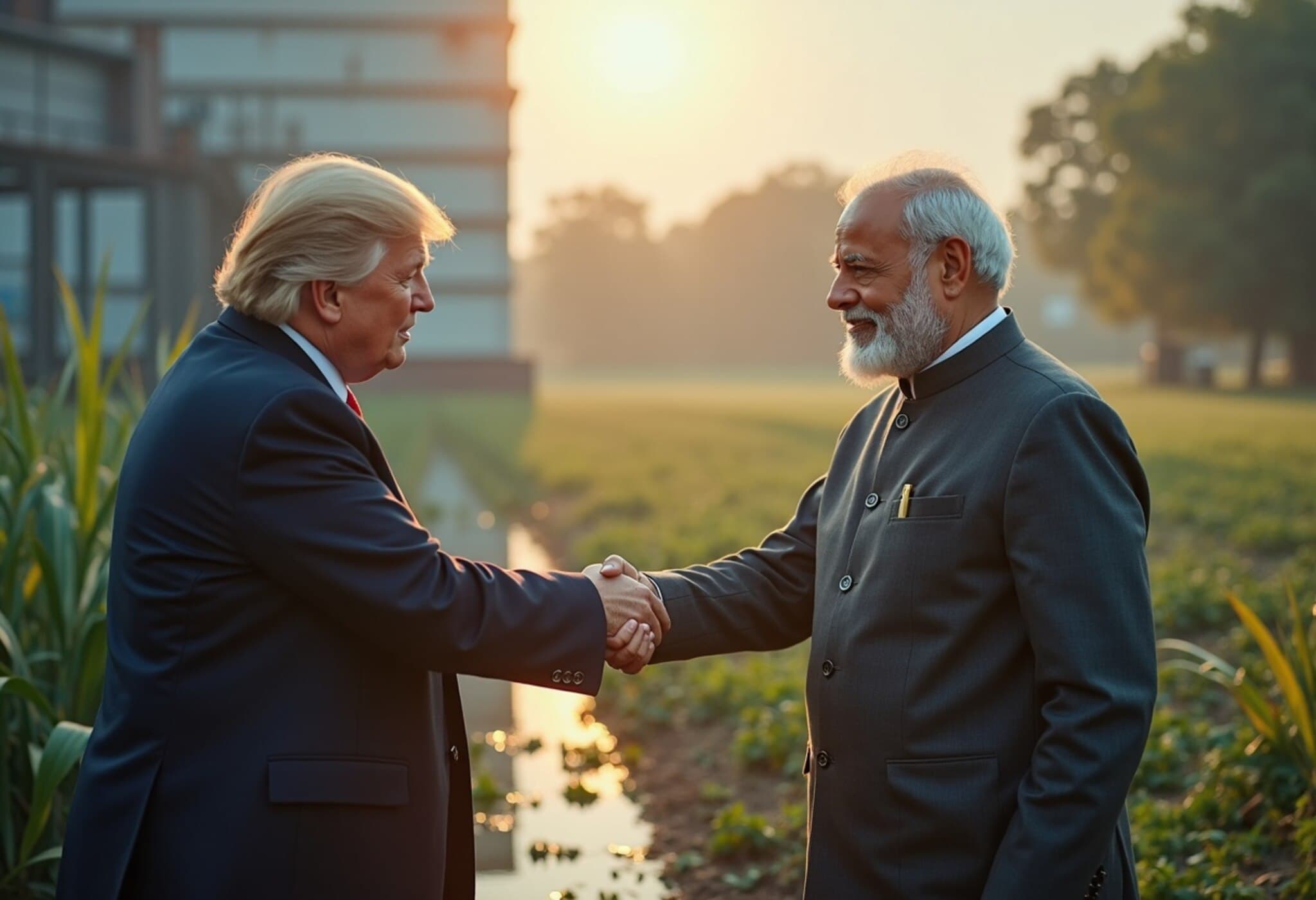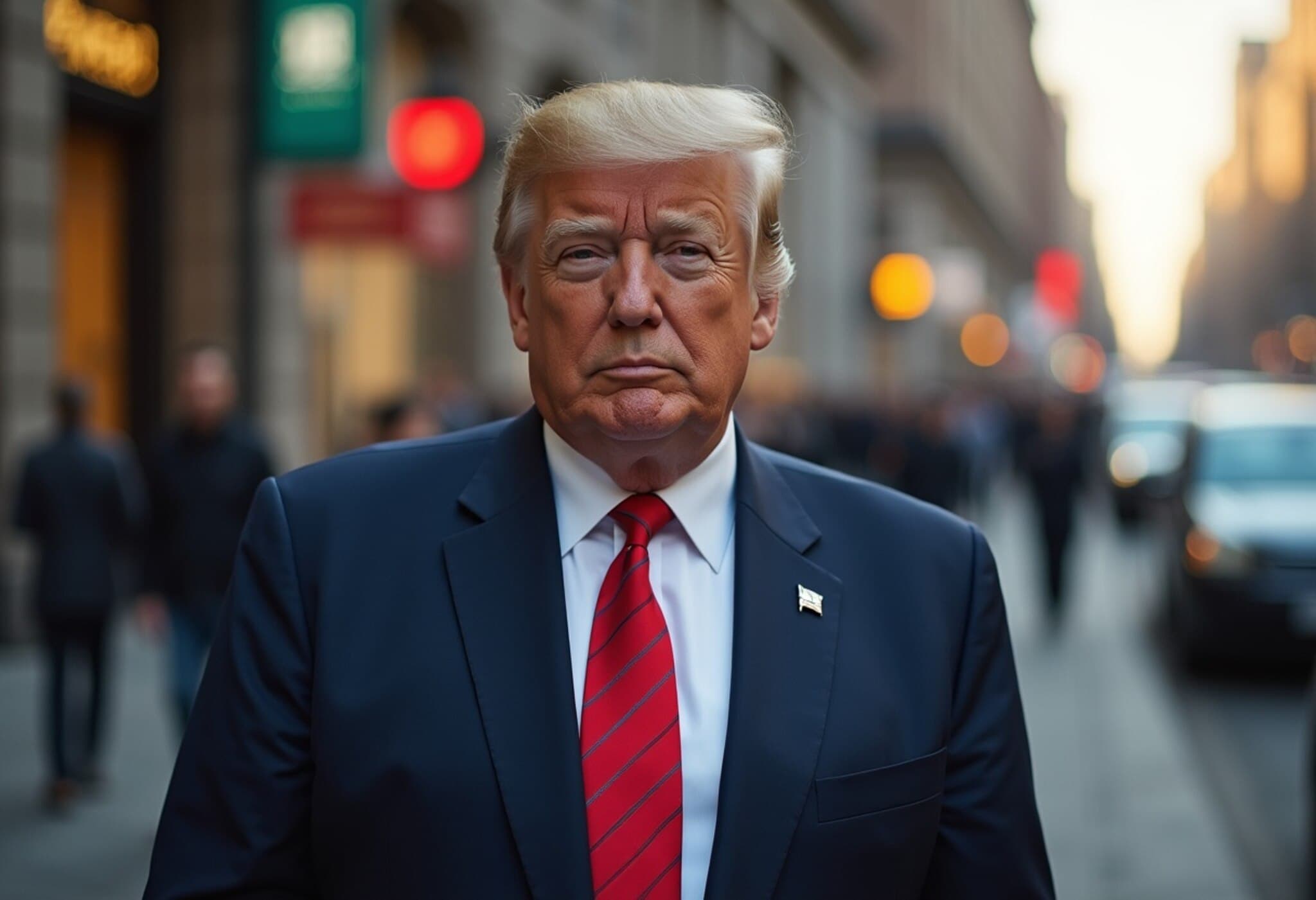Trump’s Economic Pressure Risks Reversing Decades of US-India Diplomatic Gains
For more than 30 years, successive leaders in India and the United States have painstakingly cultivated a bilateral relationship built on mutual respect, shared strategic interests, and economic cooperation. This partnership, emerging from the shadows of Cold War hostility, has shaped key geopolitical dynamics in the Indo-Pacific. Yet, recent developments under US President Donald Trump’s administration paint a troubling picture — one where tariff skirmishes and strategic misalignments threaten to unravel hard-won trust.
From Progress to Pressure: The Trade Relationship Under Strain
The India-US trade dialogue was once advancing steadily, with negotiators reportedly on the cusp of drafting a trade agreement that could have bolstered cross-border commerce and eased regulatory barriers. However, the optimistic trajectory sharply reversed in July 2025 when President Trump abruptly escalated demands on tariffs and other trade terms, derailing months of progress.
- Tariffs skyrocketing to 50%, accompanied by harsh rhetoric and inconsistent negotiation stances, have battered the spirit of bilateral talks.
- India proposed regulatory relaxations aimed at facilitating American business operations in India, yet these overtures didn’t sway the US’s hardened position.
- Trump’s unpredictability—shifting from tariff rates of 10% to as high as 19%—signals a transactional, zero-sum approach rather than a mutually beneficial partnership.
According to Ram Singh, an expert in international trade from the Indian Institute of Foreign Trade, this approach reveals a departure from the past, where US negotiators respected India’s sovereign positions. "The current US stance feels like ‘my way or the highway,’ disregarding India’s emphasis on autonomy and balanced agreements," he explains.
Echoes of the Cold War: A Troubling Reminder for India
Trump’s actions are recalled in India alongside the contentious legacy of former US President Richard Nixon, who sided with Pakistan during the 1971 India-Pakistan war—a move that left an indelible scar on India-US relations. The Cold War-era mistrust that such policies fostered must have served as a cautionary tale for decades. Yet, Trump’s alliance patterns and interference in sensitive Indian affairs have reignited anxieties reminiscent of that period.
Geopolitics expert Yusuf Unjhawala from the Takshashila Institute notes, "The present standoff has effectively frozen the India-US relationship, undermining collaborative initiatives like the Quad. However, it also opens the door for stronger ties among middle powers such as Japan, Australia, and India, which share a vision for Indo-Pacific stability."
Socioeconomic Ripple Effects: Who Bears the Brunt?
The tariffs most hurtful to India target sectors integral to its socioeconomic fabric, including marine exports (shrimp and prawns), textiles, and edible products. These industries are not only significant contributors to export revenue but also provide extensive employment across rural communities, highlighting the potential for serious political and social fallout if tensions persist.
Underlying Questions: What Lies Ahead for India-US Relations?
The recent deterioration prompts pressing questions about the future trajectory of US-India ties amid shifting global power balances:
- Can the trust shattered by inconsistent trade policies be effectively restored, or will India pivot further towards alternative partnerships?
- In what ways can India reinforce its strategic autonomy without compromising critical economic engagements?
- How might US domestic politics impact its foreign economic policy towards emerging powers in the Indo-Pacific region?
Experts emphasize that rebuilding will require not only diplomatic effort but also a recalibration towards equitable agreements respecting India’s strategic interests.
Editor’s Note
The evolving dynamics of India-US relations under the Trump administration provide a cautionary example of how geopolitical alliances are as much about mutual respect and consistency as strategic interests. While tariffs and trade imbalances dominate headlines, the deeper narrative is about trust and partnership resilience. India’s emphasis on autonomy and balanced trade relations underscores its growing influence on the global stage—a signal to all partners that cooperation must be genuine and mutually advantageous. For American policymakers and diplomats, this moment offers an opportunity to reassess approaches and reaffirm commitments that transcend short-term transactional gains. Readers are encouraged to consider how these shifts may affect broader regional stability and the balance of power in an increasingly complex Indo-Pacific arena.


